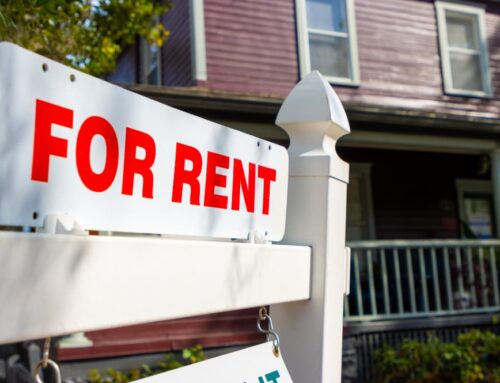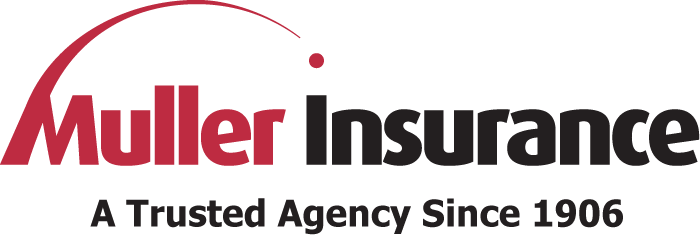For many drivers first purchasing auto insurance, the state minimums may seem appealing when trying to budget for car payments, insurance premiums and gas prices.
Yet, even for drivers without assets to protect, it’s worth considering a policy with higher limits than the minimums in New Jersey.
Currently, New Jersey requires drivers to have only $15,000 in coverage per person, $30,000 in coverage per accident maximum, and $5,000 in coverage for property damage. This covers the driver’s liability up to those points. And, while these limits will soon increase in 2023 to $25,000/$50,000/$25,000, respectively—and then, $35,000/$70,000/$25,000, respectively, in 2026—that coverage may still not be enough. In a collision in which the driver is found liable, the costs of medical expenses can top those amounts quickly. Once those amounts have been met, the driver remains liable for the costs of the accident, but the insurance company no longer covers those expenses.
For drivers who have built up assets—such as owning a house—maintaining the state minimum coverage can put those assets at risk.
Auto insurance limits should be raised to protect homes and investment accounts as well as cars and drivers. Umbrella policies can add an additional layer of protection by providing additional insurance above the auto limits.
Even new drivers who may not have assets should consider higher limits to protect themselves from a potentially costly accident. The premium may be more than the minimum coverage, but worth the investment in protecting yourself from the potential costs of a collision.
No matter where you are in life and what you must protect, all drivers benefit from discussing increased auto insurance levels. Call our office today, we can offer you advice to help you determine what coverage makes the most sense with your needs and budget.








